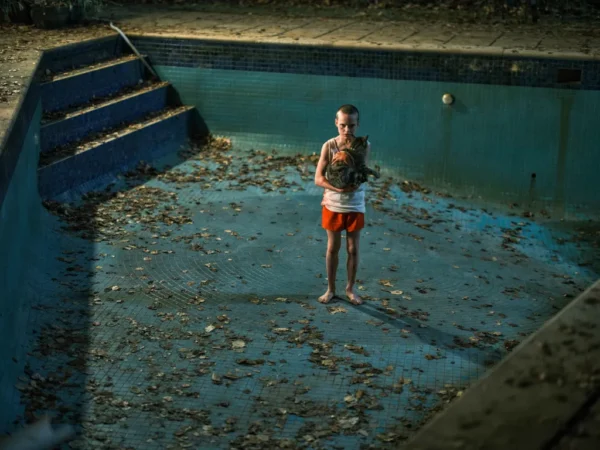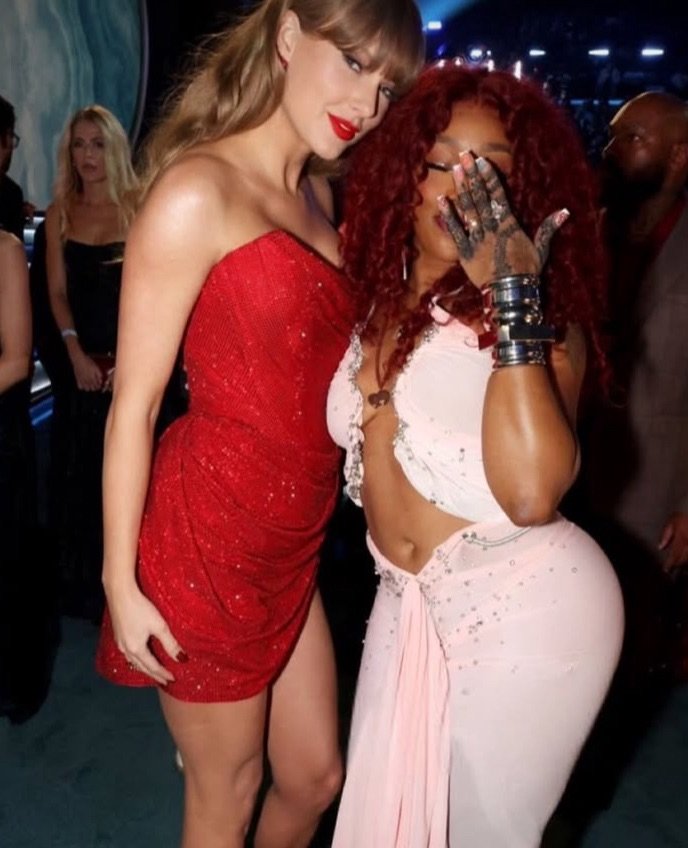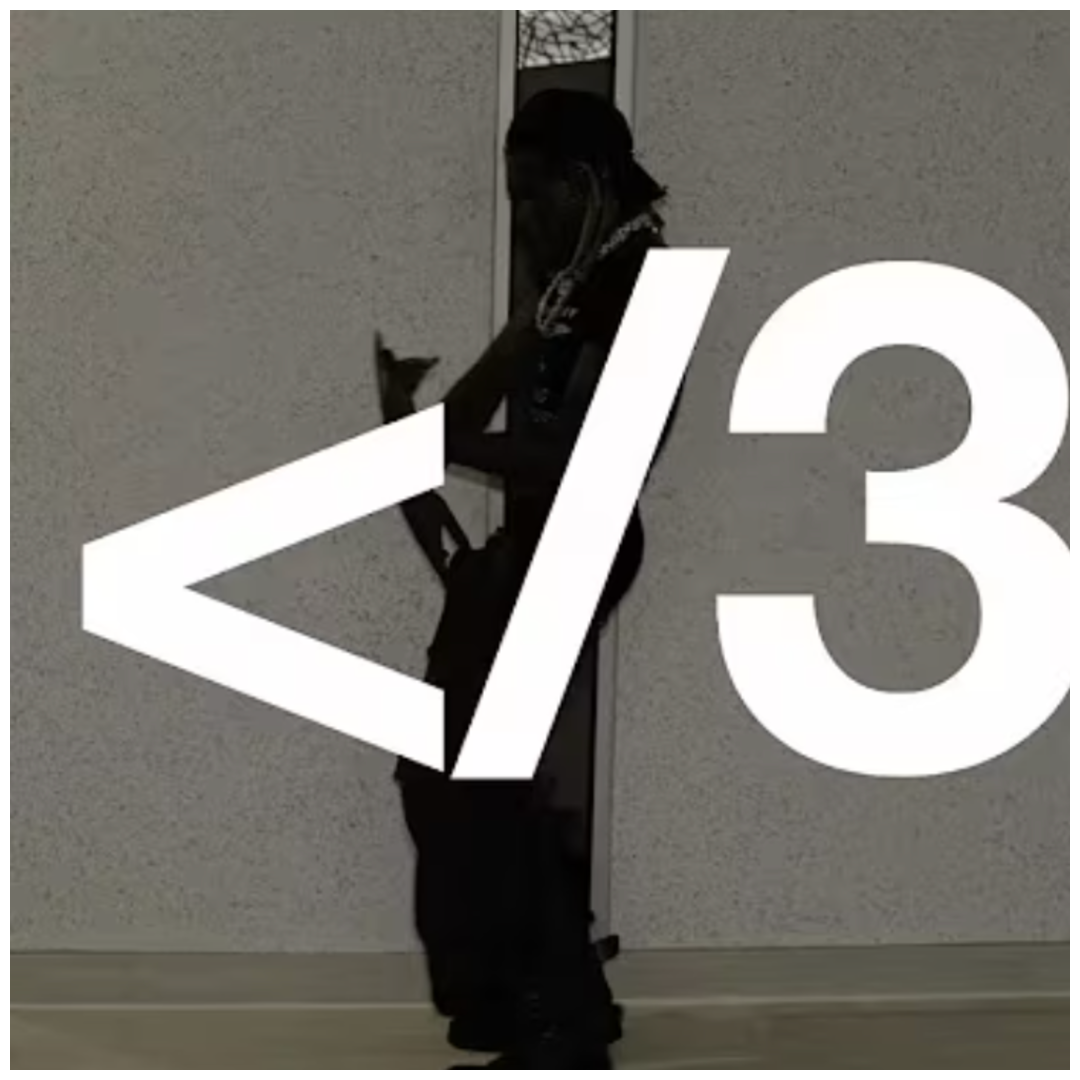
When Danny and Michael Philippou’s Talk to Me was released in the summer of 2023, I found it to be a revelatory, invasive, and deeply affecting work of horror cinema. The Philippou brothers, like several other recent breakout filmmakers, had gotten their start as YouTube creators years earlier, with a penchant for over-the-top gore and zaniness. But in Talk to Me, gone were the overtly comedic trimmings of their online work and in its place was an insightful understanding of the fears, anxieties, and paranoias which drove a new generation of both filmmakers and audiences. With the release of the duo’s sophomore film, the A24 horror film Bring Her Back, I was anxious to see if they could recapture that same brand of ruthlessly prescient terror. Both delightfully and tragically, the answer is an astute yes.
The Story
Bring Her Back tells the tale of freshly orphaned step-siblings attempting to find their way in the world. Despite the older sibling, Andy’s (as played by Billy Barratt) pleas to simply allow him to take care of himself and his younger step-sister Piper (played by Sora Wong), they are put into the care of new foster mother, Laura (played by Sally Hawkins). Shortly after arriving, Andy begins to suspect all is not well within Laura’s home.
What unfolds is a fascinating new-age riff on the Rosemary’s Baby template, that does for modern audiences what that 1968 film did for its generation. With a script written by Danny Philippou and Bill Hinzman (the same team who scripted Talk to Me), Bring Her Back explores a different set of themes from the prior film but in an equally audacious and acute fashion. In stark juxtaposition to the high-concept horror of Talk to Me, Bring Her Back is a far more meditative affair. The simmering, slow-burn story is rooted in interpersonal drama and nuanced character work, that occasionally explodes into ballistic bursts of hyper-violence. All of this builds to an orchestral swell of a pathos-driven catharsis that is both harrowing deeply moving; a summation of the film’s delicate blend of genres at its very best.
Story Grade: (A-)
The Visuals
Working alongside cinematographer Aaron McLisky (also returning from Talk to Me) the Philippous craft a remarkable visual language for the film that is distinctly different from their previous work. Rather, the brothers deliver a cinematic style that is profoundly motivated by the story, themes, and characters within the work itself. Piper is a visually impaired individual, saying early on in the film that she can generally only see shapes and colors. To convey this effectively to the audience, the Philippous often anchor sequences surrounding Piper as a character in a filmic grammar in which they employ incredibly short focal lengths and long lenses.
The result is that huge portions of the frame are obfuscated into little more than vague shapes and colors, with only the object that Piper is actively touching remaining in clear focus. Through these techniques, they bring the audience into the character’s subjective headspace in starkly effective fashion. I found Talk to Me to be a visual achievement in and of it self, but the way in which the Philippous and McLisky have so clearly worked to hone and refine their skills, creating something that feels even more concentrated, lyrical, and often visually poetic is astounding.
Furthermore, the editing by Geoff Lamb takes this even further, utilizing associative editing to conjure additional connotations and meanings from two seemingly separate images. Those aforementioned bursts of violence are also made all the more invasive and upsetting thanks to fantastically garish practical effects, the Philippous coverage of it, and Lamb’s brutal cut-ins. Some of Lamb’s most unnerving work across the film is the interspersing of VHS footage from decades past into the workflow of the film, something which is set up in absolutely unhinged fashion, when the first truly horrifying shot of the film lands before the opening studio logos are even done.
Visuals Grade: (A)
The Performances
Every member of the cast delivers remarkable work here, with the end-all-be-all scene-stealer being Sally Hawkins. The Academy Award-winning actress plays so far against type here that several beats within her performance are accentuated and made all the more jarring by sheer fact that it is Sally Hawkins, who often plays characters who are so gentle and maternal ala The Shape of Water of Paddington. The way that the Philippous are able to take such maximum artistic advantage of this meta-textual heel turn is remarkable in and of itself, but the fact that Hawkins delivers a barn-storming performance that could and should very well earn her another Academy Award nomination makes it even better.
Elsewhere, both Barratt and Wong are incredibly gifted young performers. Individually, they are great, but together they’re outright miraculous. So much of the film’s heart and soul rests solely on the shoulders of this sibling relationship and the chemistry within it, and Barratt and Wong sell the ever-loving shit out of it. Also, as a surprise guest within the home whose presence is more than a bit nefarious, Jonah Wren Phillips gives a highly intense, layered, and multi-faceted performance that deserves praise in its own right.
Performances Grade: (A)
The Sound
The audio experience of Bring Her Back is a whole world unto itself, and one that is just as starkly motivated by story as the visuals are. The one-two punch of Cornel Wilczek’s oft-transcendent musical score and Emma Bortignon’s phenomenally textured sound design is potent stuff. Wilczek’s score is predominantly made up of minimalist piano parts and occasional orchestral flourishes, which are used exquisitely in the film’s final moments. However, when the film’s material pivots into its more subversive, outright horrifying material, the score becomes something much more ancient and sinister, invoking everything from tribal percussive elements to chanting.
This works in tandem with Bortignon’s diegetic sound, which is punctual and percussive in its own right. There’s an early moment in the film that serves to teach the viewer precisely how to listen to the film: when a character is being rolled through a doorway on a gurney, the guttural sound of the wheel catching on the doorframe is repeated numerous times. Not only does this bring Andy’s attention to the event, but it also brings our attention to it, illustrating just how critical sound is in the world of Bring Her Back.
Sound: (A-)
Conclusion
Overall, Bring Her Back is a more than worthy follow-up to Talk to Me. It sees the Philippous and their band of creative collaborators pushing at their own artistic boundaries and creating another profoundly affecting slice of character-driven horror. The film is overtly about how adults and established societal structures fail to do right by children, and the horrific reality of attempting to protect a child in a cruel, uncaring world. Bring Her Back is a fantastic, harrowing, and occasionally outright traumatizing viewing experience. I’ll never look at cutting a cantaloupe the same way again.
RGM GRADE (A-)
Discover more from RATINGS GAME MUSIC
Subscribe to get the latest posts sent to your email.










